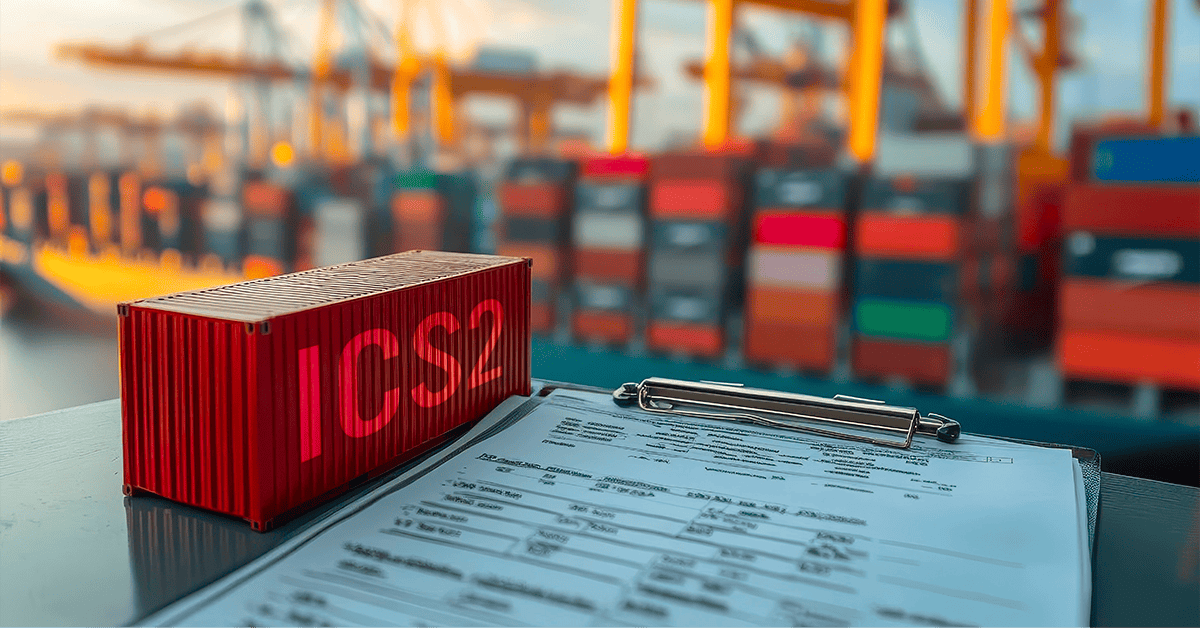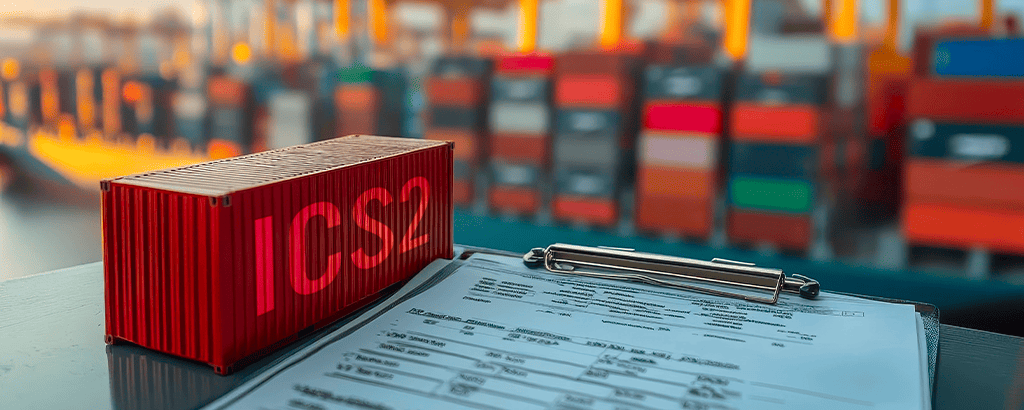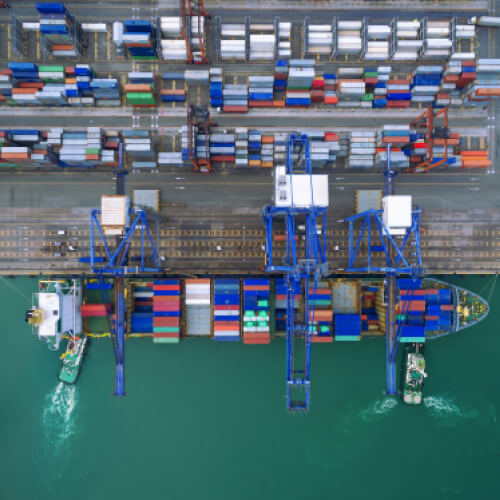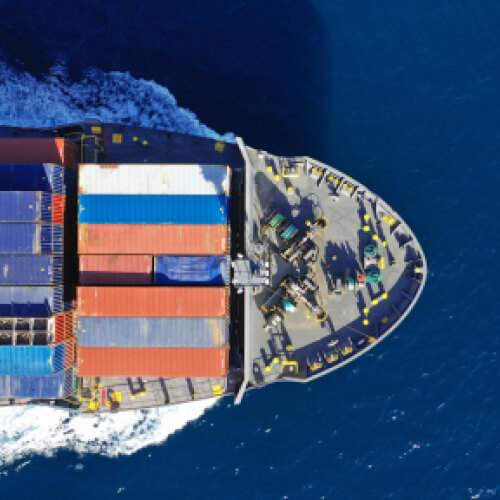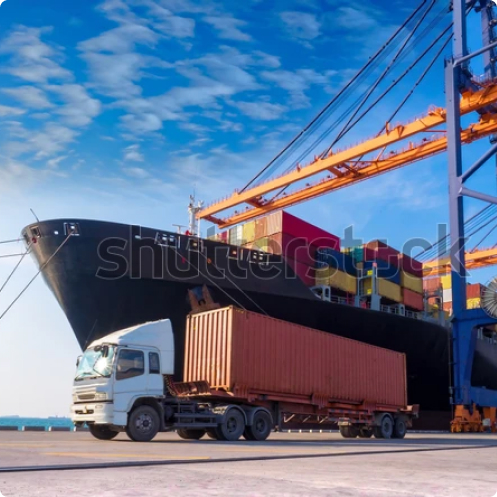To enhance import security and improve risk management related to goods entering the European Union (EU), the Import Control System 2 (ICS2) has become a cornerstone in the evolution of the European customs system. This tool, progressively introduced over recent years, aims to make goods control more efficient and transparent while ensuring effective protection against threats such as terrorism and smuggling.
For businesses engaged in international trade, understanding how ICS2 works and its obligations is crucial to avoid delays and penalties. In this article, prepared by Savino Del Bene, we will explore in detail what ICS2 is, how it operates, its phased implementation, and potential impacts on businesses.
What is ICS2?
The Import Control System 2 (ICS2) is an electronic system developed by the European Union to enhance security and risk management for goods entering the EU customs territory. It represents a significant evolution from the previous ICS, introducing new features for improved traceability and better collaboration among customs authorities.
The main objectives of ICS2 are:
- Ensuring preventive risk assessment for goods in transit to the EU;
- Enhancing the security of European citizens and protecting the single market;
- Facilitating real-time information exchange among customs authorities of EU member states.
ICS2 applies to all economic operators involved in the international supply chain, including freight forwarders, postal operators, express couriers, and transport companies.
How does ICS2 work?
The functioning of ICS2 relies on an electronic data management system that enables preventive risk assessment and precise control of goods in transit to the EU. Let’s break it down.
Entry Summary Declaration (ENS)
The Entry Summary Declaration (ENS) is a central component of the ICS2 system. This electronic document must be completed and submitted by economic operators before goods arrive in the EU customs territory. It includes detailed information about the goods, such as the importer’s EORI code, a precise product description, and a 6-digit HS (Harmonized System) code. These details are essential for risk assessment and must be submitted in compliance with the timelines specified for each mode of transport.
Automated processes and risk assessment
ICS2 employs advanced algorithms and automation technologies to analyze the data provided in the ENS. This process enables:
- Automatic risk identification: the system compares submitted data against reference databases and watchlists, identifying inconsistencies or potential threats;
- Prioritization of controls: low-risk goods can be processed more quickly, while high-risk goods undergo more thorough inspections.
Real-time communication and interaction
A distinctive feature of ICS2 is real-time communication between economic operators and customs authorities. Through a dedicated interface, operators can:
- Receive immediate notifications about anomalies or requests for additional information;
- Submit updated data if shipment details change;
- Obtain specific authorizations or guidance to ensure the correct clearance of goods.
Integration with national systems
ICS2 is closely integrated with the national customs systems of EU member states, creating a unified network for control management. This architecture allows:
- Coordination of control activities at the European level;
- Sharing of critical information among relevant authorities;
- Reduction of discrepancies in customs procedures across member states.
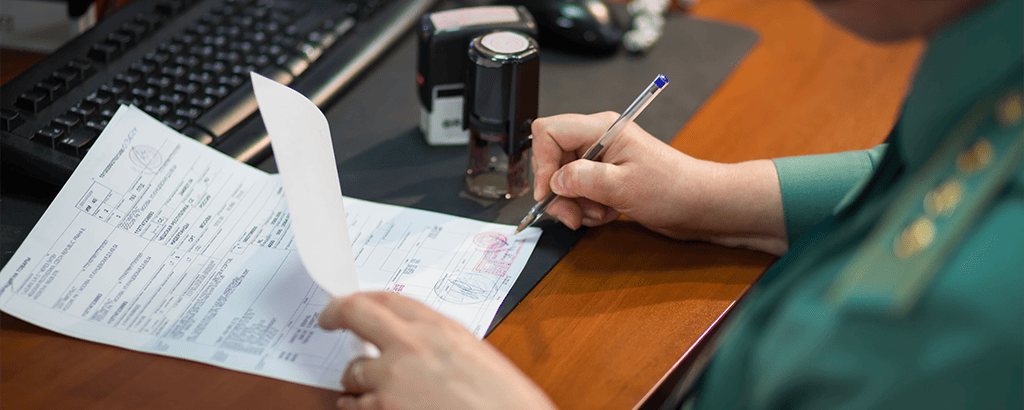
The 3 phases of ICS2 implementation
Given its complexity, the ICS2 system was progressively implemented in three phases (referred to as “releases”), with the goal of gradually involving economic operators. Specifically, the first phase (Release 1, March 15, 2021) focused on air transport, the second phase (Release 2, March 1, 2023) extended the requirement for submitting the ENS to all air transport, including freight forwarders and air carriers, and the third phase (Release 3, March 1, 2024) further extended it to all goods transported by sea and inland waterways.
The application of the third phase came into effect for maritime carriers on June 3, 2024. This phase (initially transitional, mandatory from December 4, 2024) introduced specific requirements for the operators involved, ensuring more accurate transmission of the information needed for risk assessment. Specifically, they must provide details such as:
- EORI code of the importer;
- Complete and precise description of the goods;
- 6-digit HS code, essential for correct goods classification.
Potential impacts of ICS2 on businesses
The introduction of ICS2 brings several changes for businesses involved in international trade. Key impacts include:
- Penalties for non-compliance: companies failing to meet ICS2 requirements may face administrative penalties or delays in handling goods. Non-compliance can involve errors in completing the ENS, delays in submission, or incomplete data. These issues can lead to customs blockages and significant disruptions to the supply chain, resulting in additional costs and customer dissatisfaction;
- Need to adapt to requirements: complying with ICS2 requires significant investments in technology resources, staff training, and the implementation of new operational processes. Companies must ensure the accuracy and timeliness of the required data submissions, adapting their IT infrastructures to support integration with the ICS2 system;
- Increased operational complexity: managing the detailed data required by ICS2 can pose significant challenges, particularly for smaller businesses. These companies may struggle with digitalizing processes and managing communications with customs authorities;
- Greater scrutiny and delays: in the event of data discrepancies, customs authorities may request in-depth inspections, leading to shipment delays. This can have ripple effects on logistics operations, causing economic losses and compromising delivery punctuality;
- Reputational risks: issues related to ICS2 compliance can harm a company’s reputation. Delays in deliveries, penalties, or customs blockages can erode trust among customers and business partners, potentially impacting contractual relationships and the company’s competitiveness;
- Opportunities for improvement: despite challenges, ICS2 represents an opportunity to optimize business processes. Companies can leverage the system’s implementation to increase supply chain transparency, improve data management, and adopt advanced technological solutions that facilitate regulatory compliance.
Understanding these impacts and taking measures promptly is essential to ensure operational continuity and maintain competitiveness in the global market. To this end, Savino Del Bene offers a complete service to support companies in complying with ICS2 requirements. This includes analyzing received documentation to verify compliance and ensuring the accurate submission of declarations within the ICS2 system.
Conclusion
ICS2 marks a significant step forward in modernizing the European customs system, but it requires substantial commitment from businesses to ensure compliance. Partnering with an expert like Savino Del Bene can make a difference, guaranteeing efficient and risk-free management of import processes. For more information about our customs services, contact your local Savino Del Bene representative today.

